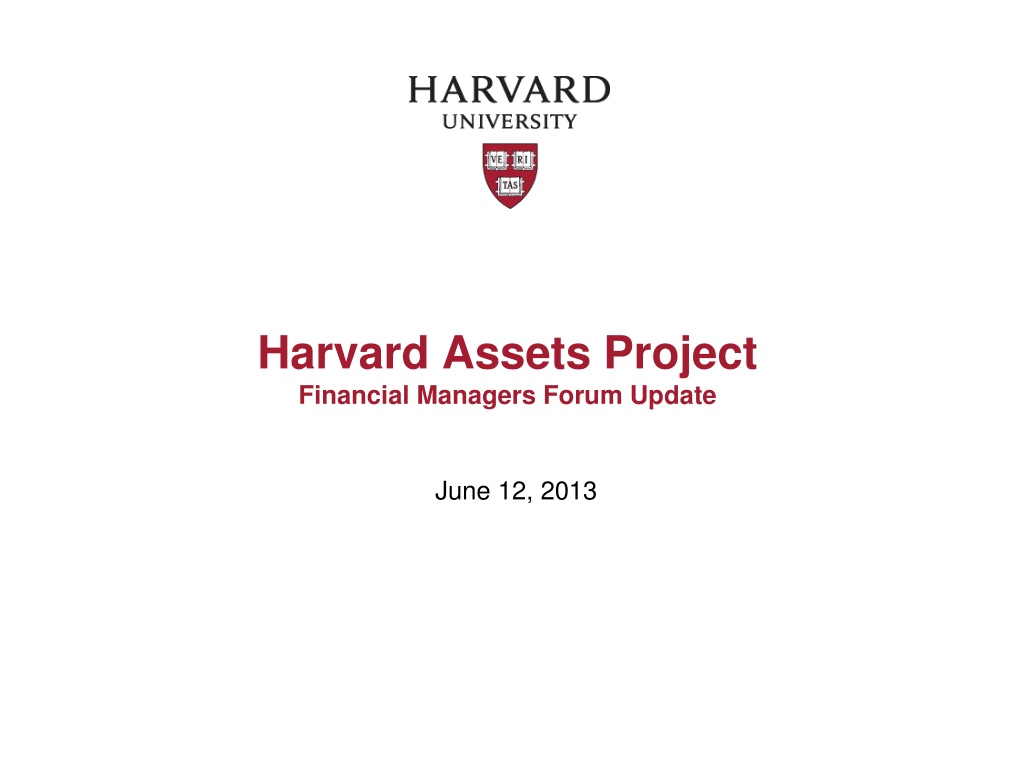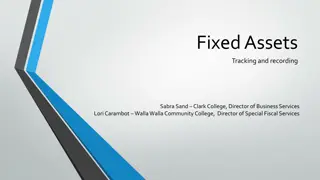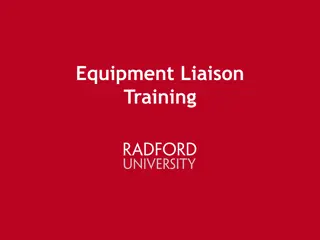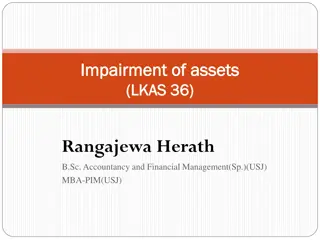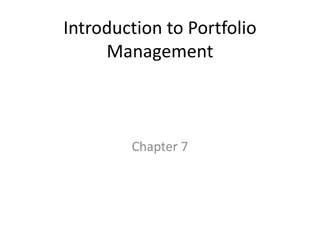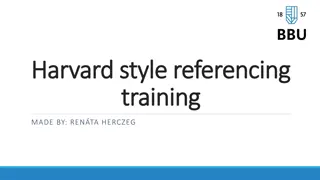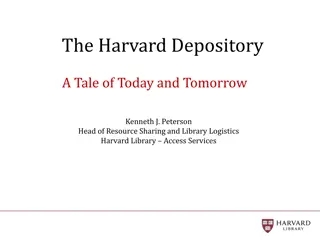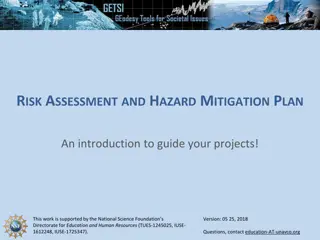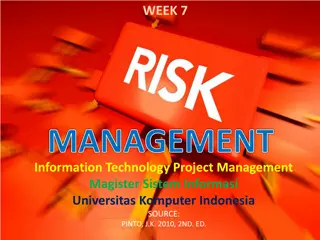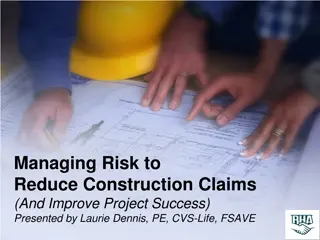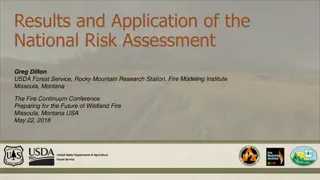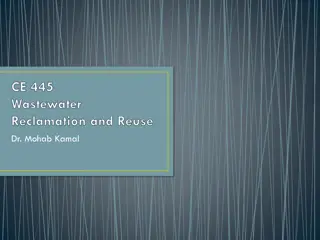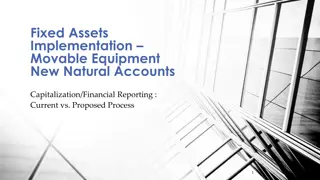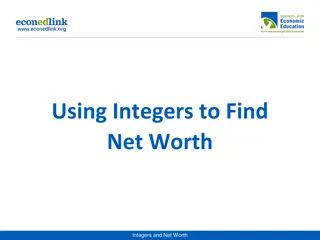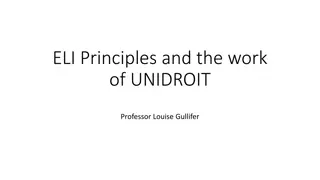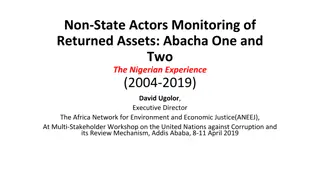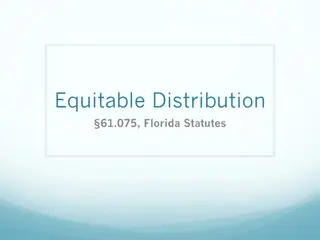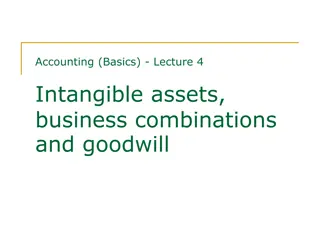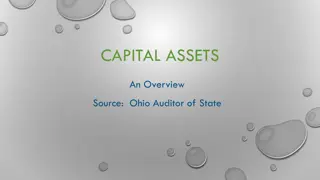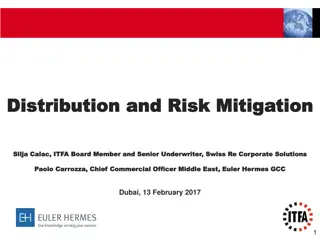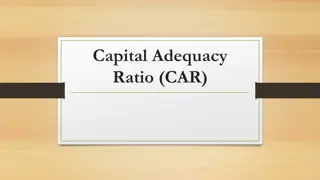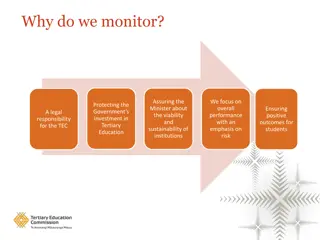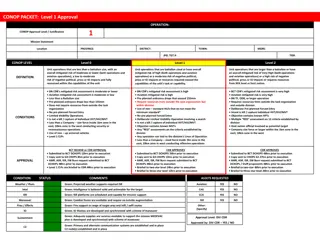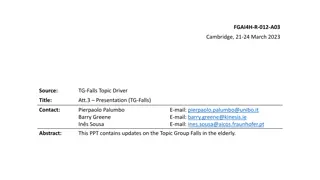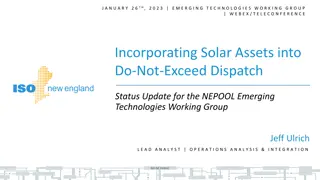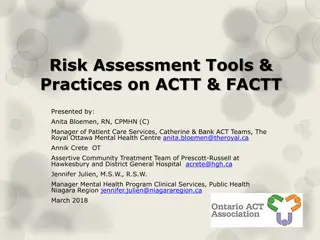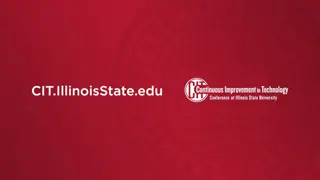Harvard Assets Project Update and Risk Assessment
The Harvard Assets Project provides insights on the financial managers forum update, high-level project timeline, status of current activities, and project risk approach. The project is progressing through various phases with detailed planning and analysis. Governance meetings, stakeholder analysis, and business engagement activities are underway. Risks related to technical infrastructure, resource availability, business process redesign, data integrity, and system rollouts are being addressed with mitigation strategies.
Download Presentation

Please find below an Image/Link to download the presentation.
The content on the website is provided AS IS for your information and personal use only. It may not be sold, licensed, or shared on other websites without obtaining consent from the author. Download presentation by click this link. If you encounter any issues during the download, it is possible that the publisher has removed the file from their server.
E N D
Presentation Transcript
Harvard Assets Project Financial Managers Forum Update June 12, 2013
Project Update High Level Timeline Project Phases 2013 2014 Jan Feb Mar Apr May Jun Jul Aug Sep Oct Nov Dec Jan Feb Mar Apr May Jun Jul Aug Sep Oct Nov Dec Discovery Phase (6/1/2012-4/30/2013) 100% Planning & Analysis Phase (12/15/2012-6/30/2013) 65% Build Phase Test Phase Phase 1 Rollout Phase 2 Rollout Closure Phase Indicates percentage of work complete. Indicates percentage of unfinished work. Future phase timing TBD. 2
Project Update Status of Current Activities Project Governance Continuing governance meetings with Executive & Steering Committees and Business Sponsors; work streams working through design questions Change Management Stakeholder analysis complete; second communication with a project update sent Business Engagement As Is Meetings complete; leveraging SMEs from businesses for work streams Business Analysis Requirements being compiled including functional business requirements and future business process flows Training Additional Oracle University Training Session Scheduled for July (7/15 and 7/16) Committee Reporting Next Executive Committee Meeting 6/27 No Major issues foreseen. Confidence level is high. Issues needs to be resolved. Go- Live not in jeopardy. Major issues foreseen. Confidence level is very low. 3
Project Update Asset Project Risks Project Risk Approach (Accept, Avoid, Transfer, Mitigate) Oracle s Technical Infrastructure capacity may need to be augmented before full rollout Accept - Separate infrastructure upgrade project will need to be initiated Lack of business resources available to the project Avoid / Mitigate - Early identification of resource needs; backfill critical project team members if necessary Lack configuration decisions of agreement on critical process or Avoid / Mitigate - Early identification of critical areas where all schools will need to agree; careful tracking of key issues / decisions; early escalation where appropriate Resistance by the business to needed business process redesign Avoid / Mitigate - Early and frequent communication; focus on effective change management; inclusion of all TUBS in requirements gathering / design Key decisions on Accounting Policy and Treatment to enable system design and configuration Mitigate - Early decision making around policy and treatment questions; careful tracking of key issues / decisions; early escalation where appropriate Data Integrity & Conversion / Ability to meet Oracle requirements Mitigate - Identify data conversion issues early, set expectations around system requirements; consideration of all TUBS in data conversion plan Ability to rollout new solution to sponsored community during base year for calculation of overhead rates Accept Schedule roll out to schools with significant sponsored impact at conclusion of base year Requirement of Oracle Assets to source information from AP Mitigate Define options for addressing with AP; minimize changes directly to GL 4
Project Update Next Steps & Deliverables Business Analysis Continue Detailed Functional Requirements Business requirements, integration points, project scope Complete Proposed Future State Design Continue Business Process Flows by Role Review with TUBs / Schools Change Management Conduct Impact Analysis Continue Communication Project Management Project Planning for Next Phase Develop Roll-Out Strategy 5
Project Scope In Scope Activities Oracle Assets solution fully tested and configured for Harvard s required sub-ledger accounting addressing the following asset acquisition types: Purchased assets (Equipment) Non-Purchased Assets (Equipment) WIP / Fabrications Capital Projects (Building) Capital Projects (MFE) Capital Leases Integration between Oracle Assets and the following: Other Oracle EBS applications (for all TUBs currently using Oracle AP) ISIS space planning conventions 7
Project Scope In Scope Activities Data conversion into new solution pending policy decision Future state business process design and gap analysis Phased implementation approach including full documentation and training Solution for addressing issue caused by making direct-to-GL adjustments to asset object codes Replacement of disparate legacy systems and tools currently tracking equipment / inventory including: MAES (HMS, HSDM, Wyss) Equipster (FAS, SEAS) Access databases (HUIT, SPH) Develop reporting tools and templates to better track and manage assets and asset accounting 8
Project Scope Out of Scope Activities Non-Oracle EBS AP Entities Assets out of scope: Books Collections Solution for addressing issue caused by making direct-to-GL adjustments to non-asset object codes Integration of scanners or RFID technology Changes to any applications currently pulling data from the general ledger or HDW pertaining to assets (e.g. GMAS, FRAP, etc.) 9
Project Scope To Be Determined Separate tax depreciation books are possible, but manual process is currently working further discussions will need to occur to determine cost / benefit Integration point with future HPPM / Capital Planning solution currently being developed Expensed items less than $5K out of scope? 10
Project Work Streams Accounting Policy & Treatment Proposed Recommendations to Date: Monthly depreciation with full month of depreciation in the month acquired Exclude expenses charged to P-Card s from WIP / Fabrications Treatment of faculty transfers in / out will be addressed by a revision to policy as there are no design implications While Oracle has the ability to adjust useful lives after an asset has been placed in service, this would lead to different useful lives within one object code and would potentially lead to issues on the sponsored side; the group recommends to not allow adjustment to the useful lives of any existing assets Other Topics Under Consideration: Componentized buildings the group is leaning towards componentization of all buildings using the same methodology as is currently in place for research buildings Physical Inventory some level of physical inventory (tagging, book-to-floor, floor- to-book, and key data) will likely be required of all TUBs / Schools above a certain threshold Additional Useful Lives under review with HPPM 12
Project Work Streams Equipment Management Role Individual (11 members) Work Stream Lead Sarah Axelrod Business Analyst Peggy Sangiorgi FSS Analyst Sharon Olson Project Manager / Change Manager Monica Fisher / Nick Shaw Team Members Alison Au (HUIT) Tom Bourgeois (SEAS) Kara Colannino (FAS) Sarah Elwell (FAS) Judy Lo (SPH) Nadege Volcy (HMS) Initial Meeting Thursday May 23, 2013 Process Workshop Tuesday, June 11, 2013 9AM to 1PM 13
Project Work Streams Equipment Management Process Reconciliation Centralized vs. decentralized oversight of equipment Generation of tag numbers (Oracle assets requires unique tag numbers for all assets) Timing of when a tag # is assigned to an asset (i.e. time of purchase vs. time of receipt) How should fabrication (WIP) projects be handled? Who should have access to the assets system for the purposes of equipment management? Process Development How should non-purchased assets (i.e. gifts, inbound faculty, etc.) be handled? What processes should be in place to address disposal of assets? How should service centers (i.e. machine shop) be handled? How should components of capital projects related to research (i.e. lab build outs) be captured and tracked? Configuration Questions What attributes should be captured for a piece of equipment (i.e. location, user, etc.)? What reports are needed? 14
